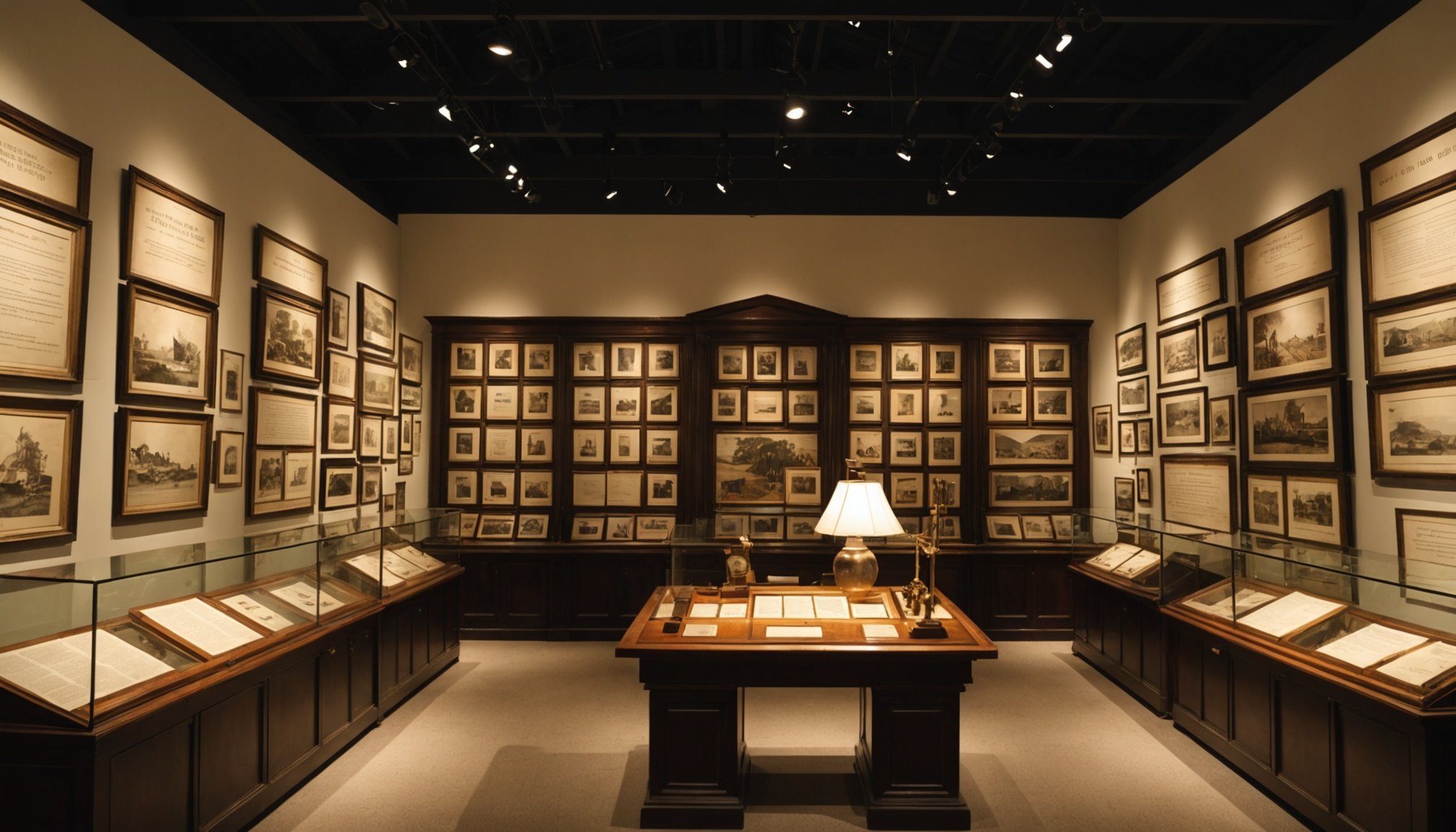Overview of British Colonial History
The story of British colonial history covers several centuries, marked by complex geopolitical maneuvers and influential figures. The timeline stretches from the late 16th century with the founding of the first English colony in North America at Jamestown in 1607, extending to the decolonization movements after World War II. Major figures, such as Queen Victoria during the British Empire’s zenith, played pivotal roles in shaping policies that emphasized mercantilism and territorial expansion.
The colonial impact is profound, affecting modern societies at multiple levels. Economically, colonies were forced into trade systems benefiting Britain, causing lasting inequalities. Politically, colonial rule imposed administrative systems that resonate today, influencing modern governance in former colonies. Culturally, English became a lingua franca in diverse regions, impacting local languages and traditions.
Also read : Unveiling rainbow falls: your ultimate guide to mammoth lakes
Understanding this impact requires acknowledging both the developments introduced—a globalized economy and expanded infrastructure—and the negative legacies of colonialism, such as systemic racism and cultural erosion. Engaging with this history provides valuable insights into contemporary global dynamics and encourages informed discourse on reconciliation and historical redress. By examining colonial legacies, societies can better navigate present challenges and foster inclusive futures.
Interactive Exhibits Related to British Colonial History
In recent years, interactive exhibits have become pivotal in museums and cultural centers, offering a dynamic way to explore British colonial history. Prominent museums worldwide showcase engaging experiences where visitors can immerse themselves in past epochs. These exhibits typically feature a blend of audiovisual elements, allowing visitors to interact with historical narratives in a tangible manner.
Additional reading : Discover Hidden Royal Histories: Dive into British Monarchy with Captivating Guided Palace Tours
The educational components of these exhibits are noteworthy. By simulating historical contexts, they provide a unique opportunity for visitors to engage directly with the material aspects of colonialism. This hands-on approach promotes a deeper understanding of the cultural, political, and economic facets that shaped historical events. Through interactive exhibits, history becomes a vivid, palpable experience rather than mere dates and names.
An interactive experience supports understanding history by pairing educational content with engagement, making complex topics more accessible. These exhibits often encourage critical thinking and discussion, fostering a greater appreciation of the nuances involved in historical interpretation. Moreover, such experiences can stimulate empathy by allowing participants to virtually step into the shoes of those who lived through these times, making the colonial past a relatable and enriching study.
Locations of Notable Interactive Exhibits
Exploring exhibit locations often leads to encountering insights into virtual and physical spaces within museums, especially concerning British colonial history.
Museum Name 1
At this museum, the focus is squarely on the British colonial history, showcasing both the grandeur and complexities of the colonial era. The interactive exhibits offer an immersive experience, complete with virtual reality tours of colonial landmarks. Key features include touchscreens allowing visitors to explore colonial maps and artifacts with added layers of historical context. The interactive nature ensures that visitors can engage with history on a personal level, fostering a deeper understanding.
Museum Name 2
This renowned cultural destination features a comprehensive overview of the colonial past through its well-curated exhibits. Notable is the use of augmented reality displays that bring historical figures to life, illustrating their roles and impact. This museum’s interactive approach is particularly educational, utilizing innovative multimedia tools to effectively convey historical narratives and promote active learning among visitors.
Museum Name 3
Known for its cultural significance, this museum employs innovative strategies to showcase colonial history. The exhibits here are designed to be highly interactive, incorporating soundtracks, light displays, and interactive kiosks. These elements offer visitors a chance to experience the emotional depth and complexity of the colonial period, encouraging reflective and informed discussions.
Educational Value of Interactive Experiences
Interactive exhibits serve as potent tools for imparting educational experiences, transforming abstract colonial history into tangible learning outcomes. They provide a hands-on approach that simplifies difficult topics, allowing visitors to actively engage with historical events rather than passively absorbing information. This method enhances comprehension, making it a vital resource for learners of all ages.
Case studies have demonstrated improved understanding and retention through engagement. For example, participants in an augmented reality tour could recall historical details more accurately than those who viewed traditional displays. These interactive methods replace rote learning with exploration, fostering curiosity and deeper knowledge retention.
The role of technology is pivotal in modernizing education about British colonial history. Tools such as virtual reality and augmented reality allow visitors to visually and physically interact with historical scenes, offering a unique perspective on complex events. By doing so, they make learning immersive and accessible, bridging the gap between past and present.
Engagement in interactive exhibits leads to increased emotional connection, encouraging critical thinking and empathy. Such experiences promote meaningful learning, proving valuable not only in museums but as educational tools in broader settings. Engaging with history through these exhibits equips visitors to form their interpretations and insights.
Visitor Testimonials and Experiences
In the realm of interactive exhibits on British colonial history, the voices of visitors confirm the profound educational impact these experiences offer. Testimonials often highlight the blend of engagement and learning, underscoring how interaction deepens appreciation of complex historical narratives.
Real-world feedback reveals that visitors find these exhibits transformative. The ability to interact with history through multimedia elements—from augmented reality displays to virtual reality tours—creates memorable experiences that resonate long after a visit. Such immersive experiences have been credited with not only enhancing understanding but also evoking strong emotional connections to historical events.
Comparing different museums, visitors often note variations in engagement, attributing differences to the level of interactivity and the integration of storytelling elements within exhibits. Emotional impact is frequently reported, with many expressing newfound empathy and insight into the colonial past.
In captive surveys, many visitors share sentiments on how interactive exhibits encouraged them to engage in critical thinking and dialogue about historical interpretations. Experiences shared by visitors suggest these encounters are not merely educational but also deeply personal, fostering a connection that inspires further exploration and understanding of British colonial history.
Multimedia Elements in Exhibits
In today’s museums, multimedia has revolutionized how history is narrated and experienced. Through immersive experiences, visitors can engage more deeply with exhibits, gaining a richer understanding of British colonial history. Modern technology plays a crucial role in crafting these experiences, employing tools such as virtual reality (VR) and augmented reality (AR) to bring historical narratives to life. These tools allow visitors to explore historical scenes as if they were part of them, offering perspectives that are both educational and captivating.
For instance, VR simulations place visitors in colonial-era environments, letting them ‘walk’ through historical landscapes and interact with the past in an unparalleled way. Similarly, AR overlays digital information on physical displays, providing additional context and insights directly on the artifacts or scenes being observed.
Digital storytelling is another dimension that enriches visitor experiences. By integrating technological elements with compelling narratives, museums foster a connection that resonates emotionally and intellectually. This approach not only enhances learning but also invites visitors to ponder and discuss the complexities of history, making it a shared, exploratory journey. Embracing these multimedia tools, museums transform passive observation into engaging interactions, elevating historical education’s impact.
Upcoming Events and Special Exhibits
In the realm of engaging with British colonial history, museums are bustling with events and special exhibitions that promise a deeper exploration of the past. These upcoming features are meticulously designed to capture public interest and provide enriching and thought-provoking experiences.
A few museums have already announced special exhibitions that showcase unique aspects of colonial-era life, enriched by cutting-edge multimedia tools. These events are not solely about presenting history; they invite visitors to participate actively in dialogues and cultural engagement activities, offering insights into diverse narratives that shaped the past.
Look out for discussions and educational workshops tied to these special exhibitions. They frequently feature expert talks and interactive sessions designed to unpack historical complexities and challenge prevailing interpretations. Such sessions cater to those eager to delve deep into history, offering an engaging platform for education and debate.
Whether you’re an experienced history enthusiast or a curious newcomer, these events offer unique opportunities to engage with historical narratives. Attending these enriching experiences provides valuable context and encourages continual learning and exploration of the multifaceted tapestry of British colonial history.
Call to Action for Visitors
Planning a visit to explore British colonial history through interactive exhibits can be both an enlightening and rewarding experience. To make the most of your visit, consider researching exhibit locations in advance. Many museums and cultural centers offer specialized tours that provide deeper insights into their exhibits. By doing so, you’ll gain a solid understanding, allowing for meaningful engagement with the historical narratives presented.
Engaging with history directly through these interactive experiences fosters a personal connection to the past and enriches your understanding of colonial impacts. Consider visiting during special events or exhibitions as they often provide additional educational workshops and expert talks that deepen your knowledge and provoke discussion.
After your visit, reflecting on and sharing your experiences can enhance your learning. Discussing with friends or online communities encourages further dialogue and broadens your perspectives. It also contributes to a collective understanding of our historical past.
Don’t miss the opportunity to immerse yourself in these dynamic learning environments. Plan ahead, engage actively, and join the conversation to uncover new insights into the complexities of British colonial history.











